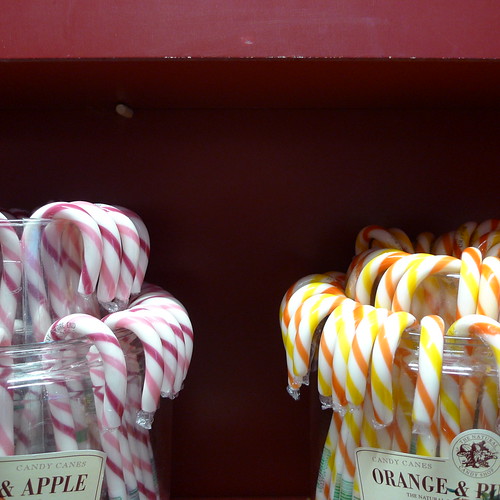I have been unable to stop thinking about small-sensor cameras: the look of the images, the possibilities and the limitations. Suddenly I remembered that there is a full-frame camera at home: just buy some 35 mm film and shoot. The Minolta XG-1, my first camera, is still in working condition, at least it should be.
But using a film camera would be so extremely inconvenient... so no go.
But this got me thinking about the photographs I took with the Minolta XG-1. It is a nice SLR, cheap but it had aperture priority metering. The 50 mm f/1.7 lens was also cheap but not bad.
But what is interesting in retrospect is that I was never tempted by the current "full-frame aesthetics". That is, I didn't search for bokeh and use of the shallow depth of field for maximum effect. In fact, I strived for the opposite, making everything as sharp as possible, and opening up the aperture only when there wasn't enough light.
I think part of this is due to an "old-fashioned" school of photography, which I adopted from various guides and photography books. And partly I just didn't realize that there were other options to explore with the lenses I had.
Or was it so that the current "artistic" use of the wide apertures got started only later, not yet in the 1970s?
In any case, I now feel that photography has moved towards another extreme, towards bigger and bigger sensors. In fact, a rumour circulates claiming that Canon is planning to buy a medium-format camera company. That would be a logical step for a camera company.
But is this direction reasonable? And are there another approaches? Such as that provided by the so-called small-sensor cameras.
Of course, if you plan to make a lot of post-processing or cropping for your images, a full-frame camera is a good option. But if you take photographs the way I do - shoot the final jpeg file directly in camera - there is no need for RAW files or post-processing, so this point is moot.
Sun must be down, it’s getting cold.
1 hour ago





4 comments:
Ten or twenty years ago, when I was a working pro, I'd never heard of bokeh. I used to love to get everything sharp. Then I went on to a digital camera (Nikon CoolPix 900) and it was so easy! Now I have a Canon 5D, and I can do the 'bokeh' thing, but don't always want to. When I was working, 'bokeh', or 'differential focus' as we used to call it then, was just a tool, part of the job if you wanted to throw out of focus a distracting background. It wasn't something we strove for, we just used it when required. Some things benefit from it, some don't. It's just one aspect of photography.
Indeed, I think the "bokeh" phenomenon is a recent thing, perhaps of interest only to camera gear hobbyists. But for some reason I'm becoming distracted by images which use it.
Yes, I think that it is a subject that is distracting you. But then, things that I can't do with the equipment that I currently have distract me until I can do them; I like solving problems but when I have done so I often don't make much use of the solution!
If I look back at some photography guide books that I have from 30 years ago, there is usually a chapter on "selective focusing" which meant shallow depth of field, so I think that the concept has always been there. Today however, because of the proliferation of smaller sensors, many amateur photographers are only just rediscovering what was always there anyway. Bokeh is a new word (for us western folk at least) that describes the effects produced by a technique that has been in use for many a day. Occasionally I choose to use such a technique, but it's more usual that I'll elect for front to back sharpness whether I use my full frame or my micro 4/3 camera. If you think that "full frame" produces good "bokeh", you should try large format!
Carrying a large-format camera on the walks - that would provide plenty of exercise for sure!
Post a Comment